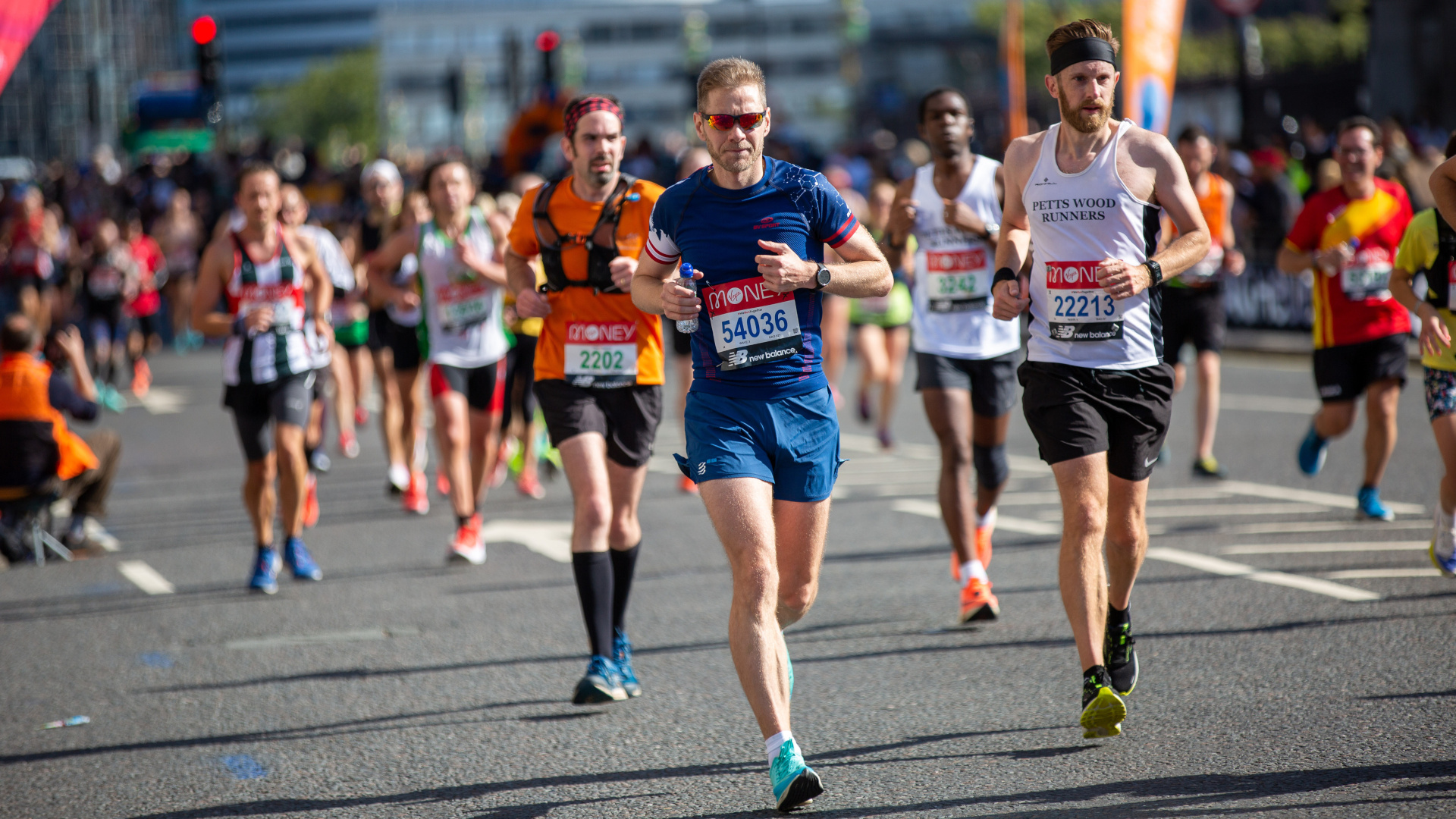My biggest marathon regret was not paying attention to my training plan, and it cost me my time – twice
Don't make the same mistake

As someone with access to the best smartwatches, best fitness apps, and a library of great training advice, I really should have known better. As someone who's been embedded in the fitness industry now for nearly a decade, I really should have known better. But, unfortunately, some mistakes have to be made – twice – before you learn your lesson.
Two years ago, I took on the Brighton Marathon, and I was almost happy with my time. I was aiming to complete my first marathon, a challenging course front-loaded with elevation, in under four hours. I got 4:04:52, five minutes shy. I trained hard, spent a lot of time on the roads, but perhaps not quite as much as I should have.
My weekly training consisted of two short runs, a medium run, and a weekend-long run, with some strength training in between. I began a Hal Higdon marathon training plan with the best of intentions, but ended up swerving away from the prescriptive nature of the plan in favour of training that better suited my lifestyle. I also dislike interval training and hill sprints, so despite their presence on the sheet, I avoided doing them.
Perhaps I should have paid more attention. As I gasped my way up the big hill along the coast, I did wish I'd put more time into those hill sprints. Likewise, when my speed started to drop after mile 20, I was praying for some of that extra speed I could have achieved with sprints and fartlek training. However, I put my five-minute delay down to an unexpected gastrointestinal problem-induced pitstop around mile 12. I assumed that with a flatter course and better nutrition, I'd sail through the four-hour mark no trouble.

The next year, I ran London with that mindset and methodology in mind, training in almost exactly the same way and ignoring my best Garmin watch's frequent requests for me to do sprints. That's me above, excited at the prospect of getting a time that starts with the number "3".
I got 4:00:54. I was 55 seconds short of my goal time.
I remember vividly seeing the four-hour pacer, with the giant flag on their back with the big number "4" mocking me with every wobble, pass me by around mile 23. I'm pretty sure I actually screamed "No!" at him, like a villain being foiled in a superhero movie, but he continued his unrelenting pace along London's Embankment.
Sign up for breaking news, reviews, opinion, top tech deals, and more.
A tiny bit more speed, just a little more that would have been gleaned from a couple of high-intensity sessions, and I would have achieved my coveted sub-3:59:59 time. Research published in the Journal of Sport Health Science found that runners who incorporated intermittent sprints into their training routine were faster over 10 kilometers, despite a reduction in overall mileage.
Lesson learned, then, and third time's the charm. While I'm taking a year off from running marathons, next year will see my third attempt to break four hours, and you can bet I'll be incorporating some hill-sprints into my routine.
You might also like...

Matt is TechRadar's expert on all things fitness, wellness and wearable tech.
A former staffer at Men's Health, he holds a Master's Degree in journalism from Cardiff and has written for brands like Runner's World, Women's Health, Men's Fitness, LiveScience and Fit&Well on everything fitness tech, exercise, nutrition and mental wellbeing.
Matt's a keen runner, ex-kickboxer, not averse to the odd yoga flow, and insists everyone should stretch every morning. When he’s not training or writing about health and fitness, he can be found reading doorstop-thick fantasy books with lots of fictional maps in them.
You must confirm your public display name before commenting
Please logout and then login again, you will then be prompted to enter your display name.